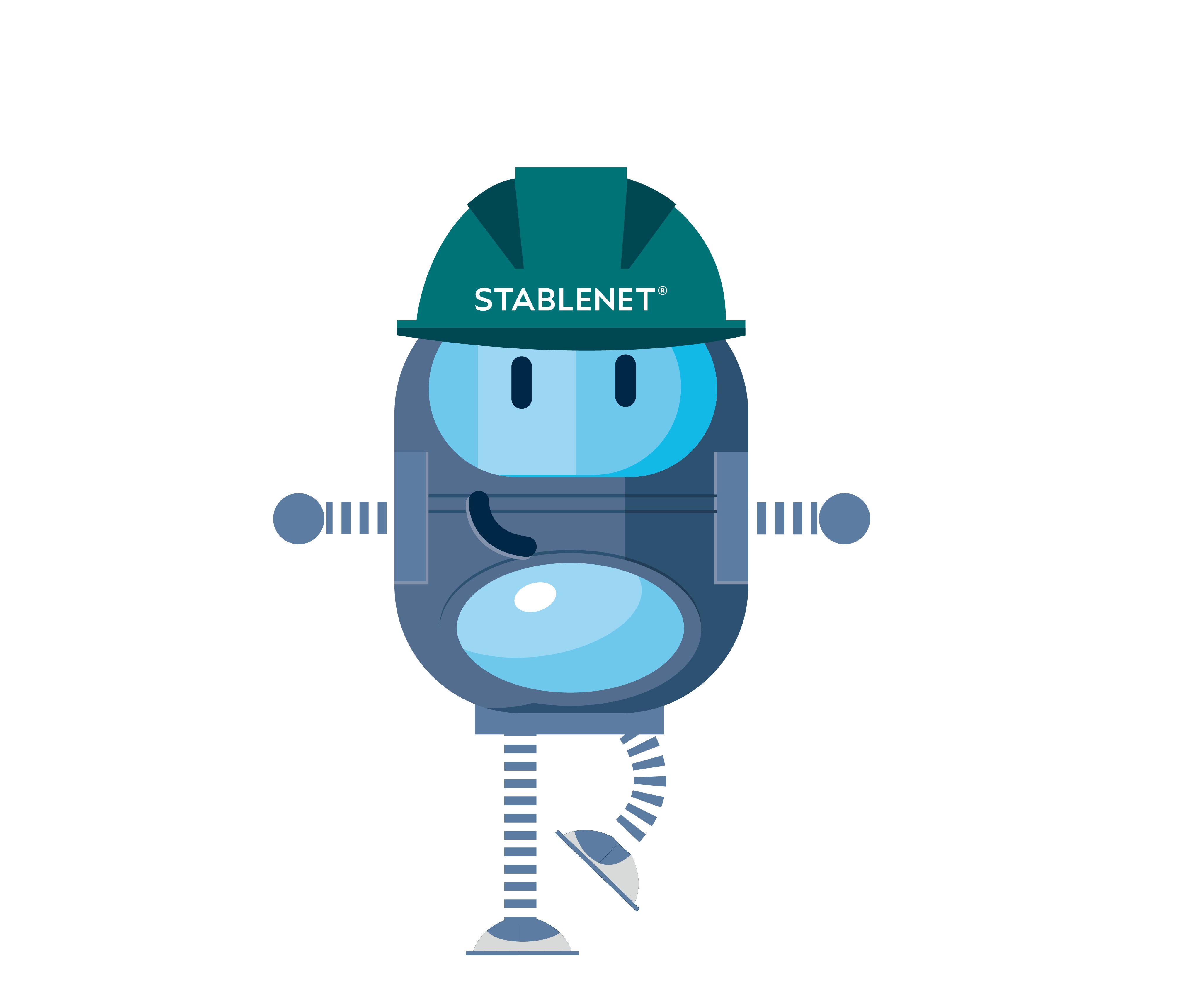Trouble Ticket System Integration
StableNet® Use Case – Fault Management & Root Cause Analysis

Trouble Ticket System Integration: An Automated Approach to Managing Your ITSM from a Single Network and Service Management Platform
Find out how StableNet® can radically facilitate SLA-optimization by customizing and integrating your ticket system for less clutter, better control and improved customer service
Executive Summary
When a customer contacts a company with a technical issue, a trouble ticket is created, triggering a complex sequence of events to meet Service Level Agreements (SLAs). This reactive process involves coordinating information across departments, identifying the root cause, resolving the issue, and clearing multiple tickets and alarms. Many enterprises use Trouble Ticket Systems (TTS) for both external and internal support, managed by IT Service Management (ITSM) platforms like ServiceNow, BMC, or OTRS. These platforms ensure incidents and service requests are handled efficiently, but often function in isolation from the overall network and service management solutions. An integrated, unified approach to TTS management under a network management umbrella enhances operational efficiency by streamlining the ticket lifecycle and ensuring clear oversight and accountability.
Integration with StableNet® can transform this process. By utilizing customer-tailored scripts known as “ticket daemons,” StableNet® agents can create, update, or clear alarms and send relevant information to the TTS via various interfaces. This integration ensures users receive notifications of new alarms or changes in status, with root cause logic embedded into alarm handling. Users can customize thresholds and alarm properties to prioritize critical issues and avoid redundant notifications. This approach facilitates real-world workflows through automation, accommodating diverse network technologies and multi-vendor infrastructures. With StableNet®, ticket integration allows for immediate detection, meaningful alarms, and prompt ticket updates, optimizing SLA fulfillment and cross-departmental communication. This proactive, unified management platform drives superior customer value by transforming fragmented infrastructures into cohesive, strategic operations.
Request the full use case
Fill out the form and have the complete use case emailed to you immediately as a PDF.

Ready for multi-vendor network management?
Discover our Automated Network & Service Management Solution

Software
Made in Germany




